IS200TSVCH1A Communication module
The IS200TSVCH1A is a powerful module capable of implementing complex control and communication functions in industrial automation and gas turbine management systems, with some redundancy and diagnostic capabilities.
The functions of IS200TSVCH1A mainly include the following aspects:
Control function: The module has a variety of control functions, such as PID control operation, feedforward compensation control operation, ratio control operation, etc. These control functions can be determined and configured according to specific control requirements.
Communication features: The IS200TSVCH1A has built-in Ethernet user support for communication and supports SRTP and Modbus TCP/IP application protocols. This enables efficient and reliable data transmission and communication in industrial automation systems.
Redundancy: In some cases, the IS200TSVCH1A may be used as a redundancy module, designed to provide the redundancy of the system. When a major component or module of the system fails, the standby module automatically takes over the function to ensure the continuous operation and reliability of the system.
Exciter Bridge interface features: Part of the Speedtronic family of steam and gas turbine management systems, the IS200TSVCH1A is also known as the exciter Bridge interface Board. It provides most of the interface functions between the EXIC exciter control interface board and the exciter bridge of the innovative series of medium voltage SP drivers. This enables it to be used in both 3300V and 6600V versions of the drive.
Diagnostic function: The module may have MOV fuse loss detection, as well as leds for visually indicating SCR gate pulse, power and isolation power status, and MOV fuse loss. In addition, it may also provide test points for signal access and diagnostic purposes for connector J1 I/O signals.
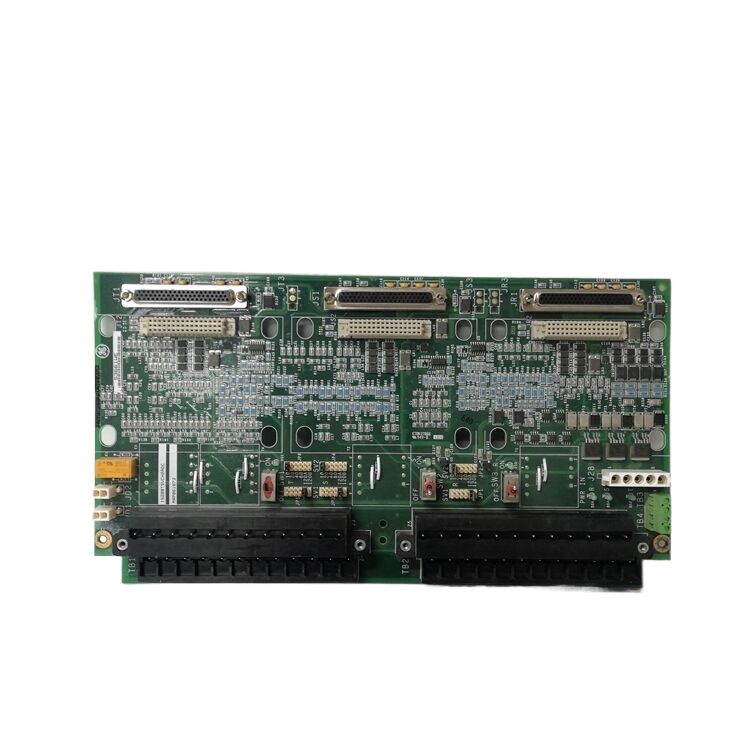
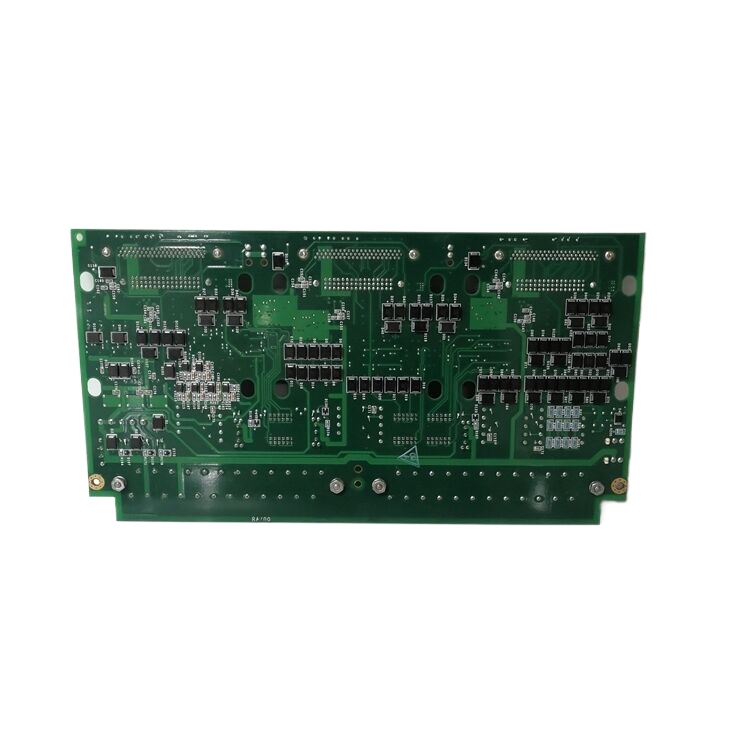
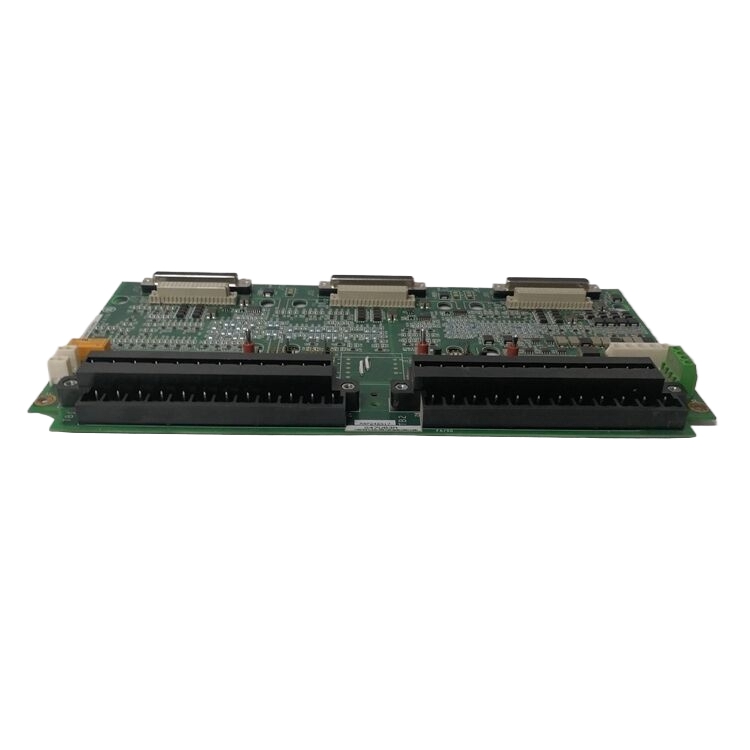
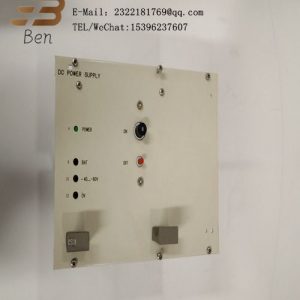
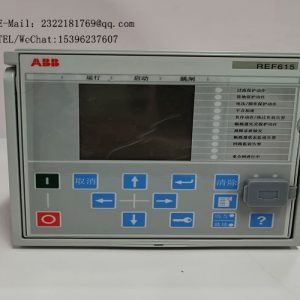
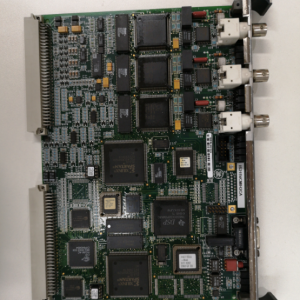
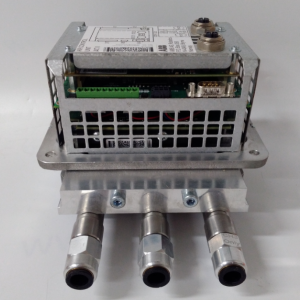
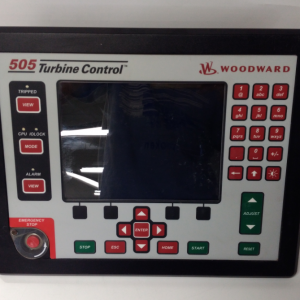
.png)

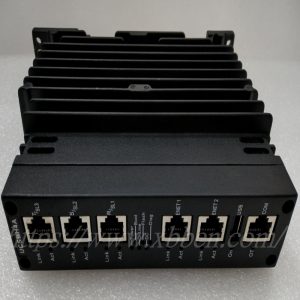
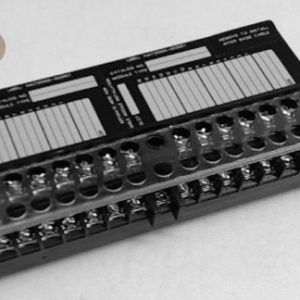
Reviews
There are no reviews yet.